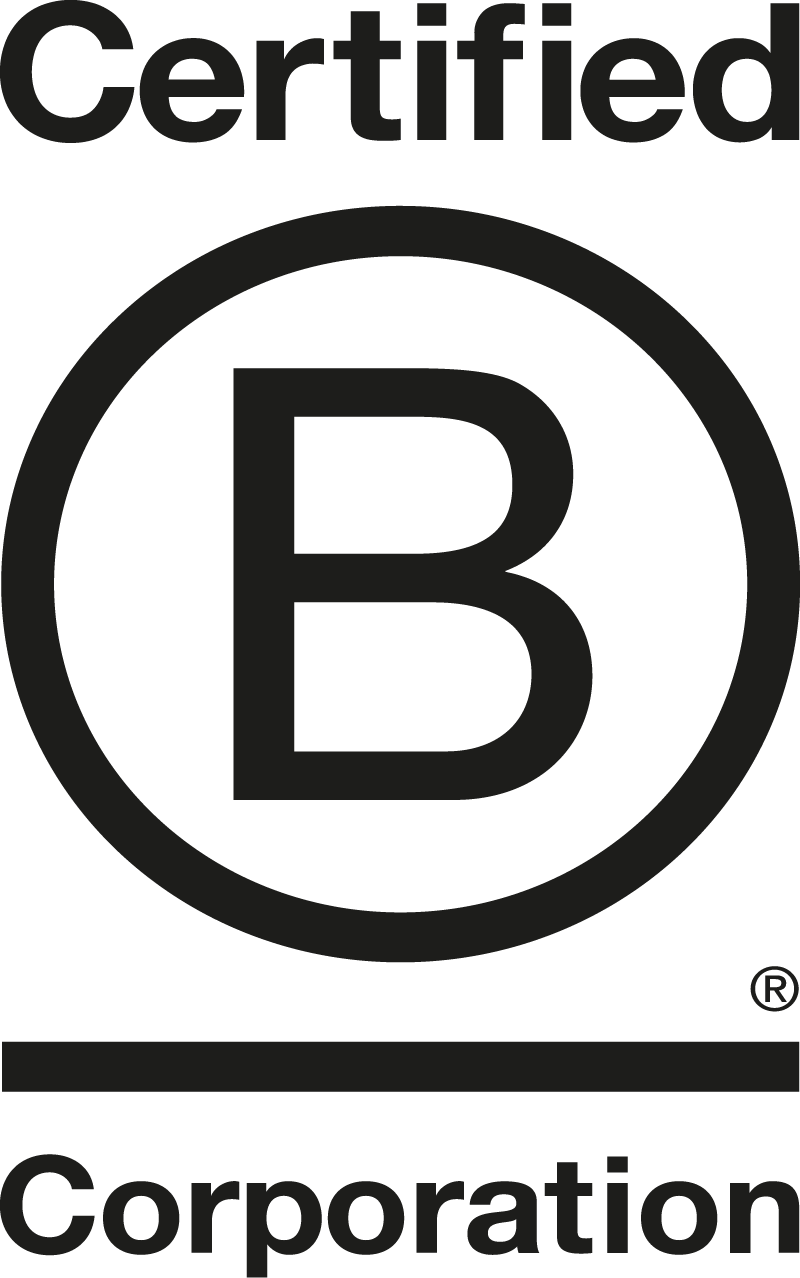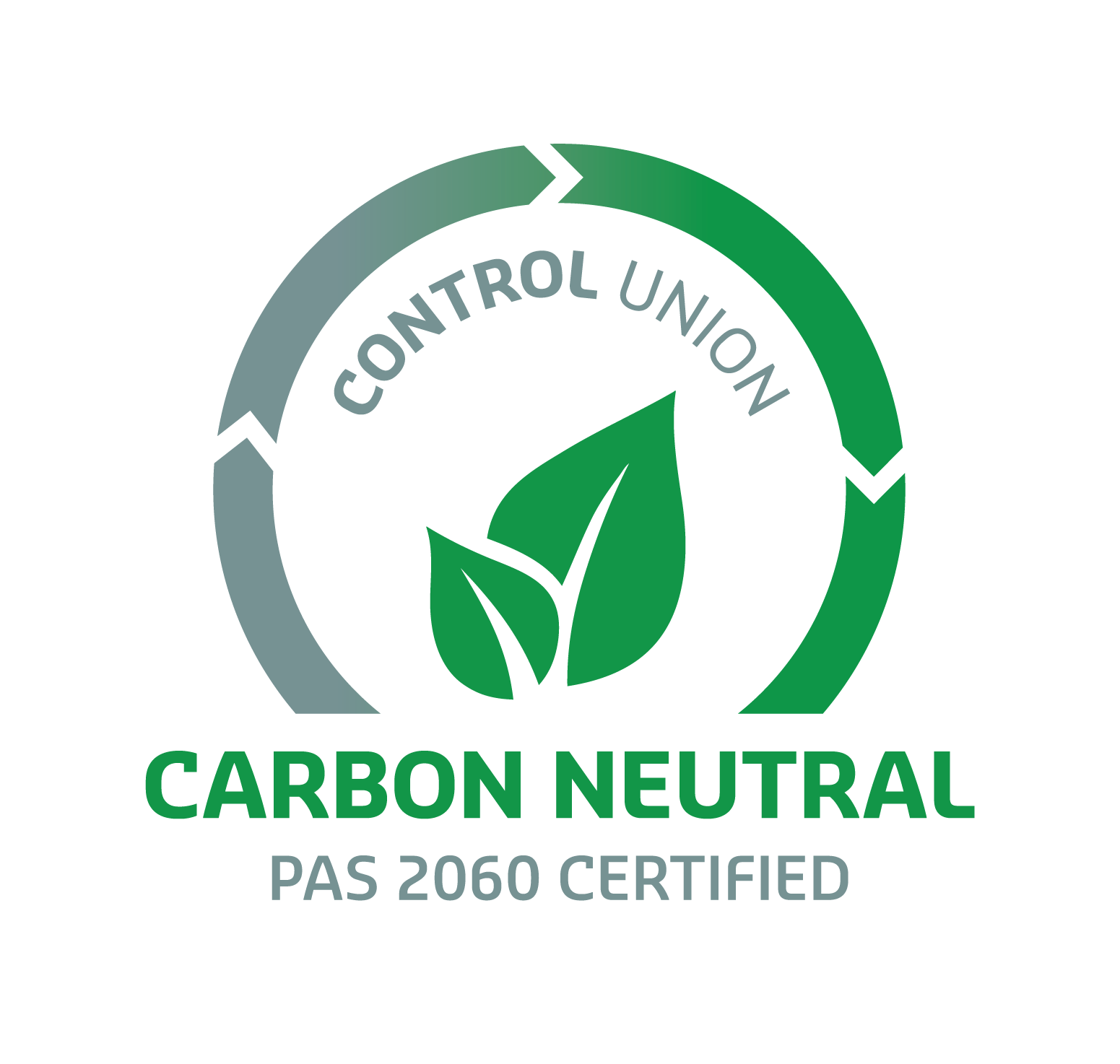If you browse our product selection, you’ll likely see ‘rPET’ mentioned a few times. A recycled form of PET, you’ll find it in items such as bags and bottles. So what is it and why do we advocate its use? We’ll have to take you on a bit of a journey for this one…
PET, abbreviated from its full name polyethylene terephthalate, is a plastic resin. It’s part of the polyester family, and one of the most commonly used plastics in the world. It’s the material of choice for lots of products including food packaging, drinks bottles, and in its woven form, clothing.
It’s popular for good reason too. Mouldable and with incredible strength, it has many applications. So far, so good. Similar to glass it is also hygienic, food-safe, and resistant to attack by bacteria.1 Pretty amazing stuff.
It’s not all good news, however…
We produce PET using crude oil, which is resource-intensive and polluting to extract. The production of 1kg of PET requires 2kg of oil and creates about 6kg of CO2.2 Not exactly a material for a sustainable future.
And that’s not all… Earlier we mentioned that PET is resistant to attack, meaning it doesn’t react with food or drinks that it comes into contact with. This great strength is also a considerable weakness, as unfortunately, the material doesn’t biodegrade. The popularity of PET, single-use in particular, has contributed to catastrophic levels of plastic waste in our landfills and oceans, where it then enters the food chain.
If we look solely at plastic bottles, which account for only 1.2% of PET production3, globally we buy one million every minute.4 In the UK, that’s 13 billion every year. While easily recycled, only 58% are. That means we end up consigning the remaining 5.5 billion to landfill, litter, or incineration.5
The solution?
The good news is we can recycle those bottles, and that’s one of the ways we get rPET. While it retains all of the qualities of the original form, we require no new materials to produce rPET, meaning no oil. It also uses 59% less energy while emitting 32% less CO2.6 More sustainable without a doubt.
We say more sustainable, as we acknowledge that to create this recycled material, a pre-existing waste product needs to exist, but with up to 12.7 million tonnes of plastic entering the oceans every year,7 it looks like we have more than enough to keep us busy for now.
There are a few caveats we feel are important to state when discussing rPET. Firstly, it’s been discovered in the last few years that polyester fibres including rPET can shed microfibres when washed8. This is one of the reasons why our clothing selection, by and large, doesn’t include virgin polyester. More hardwearing products, such as bags and tech items, and indeed new bottles are items rarely, if ever washed have a longer useable life are a more suitable usage of this material. We carry those that contain recycled elements wherever possible.
It’s not a perfect solution, and in time, bio- and biodegradable polymers may prove a truly viable alternative. As we try to overcome what sometimes seems like an insurmountable waste problem, we believe this is a step in the right direction.
If you’re interested in making the switch to more sustainable promotional items, take a look at our range of rPET products here, or contact us at [email protected].



